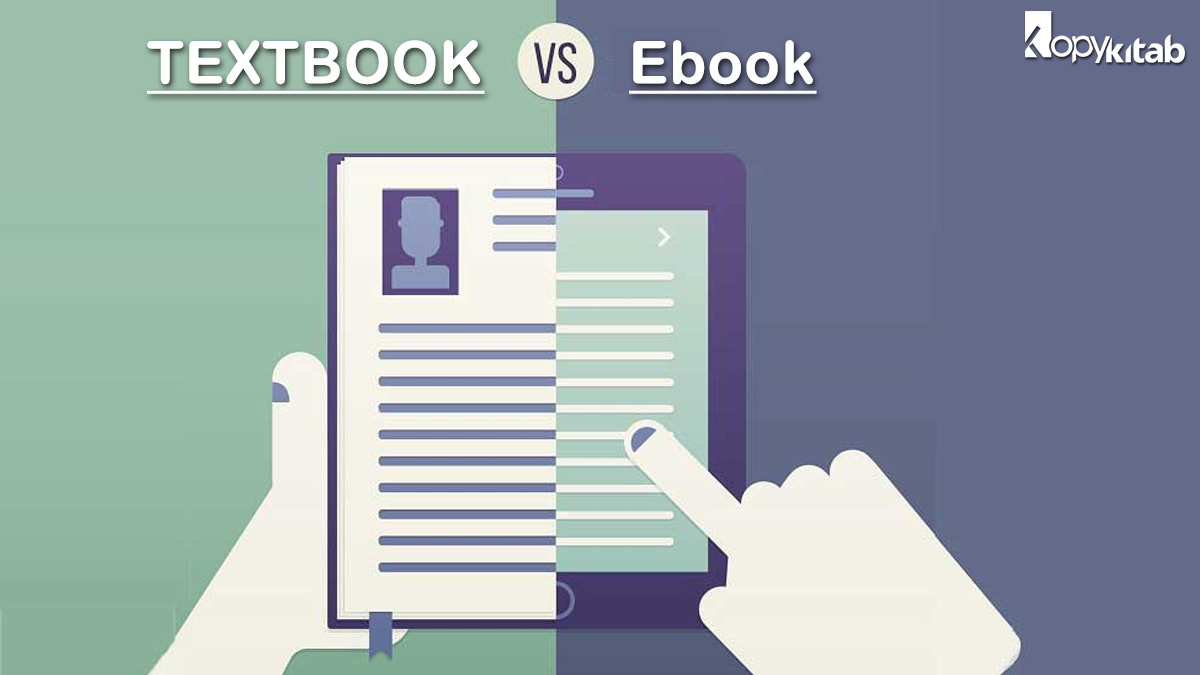
Ebooks vs Textbooks: Ebooks and textbooks both have pros and cons. Read on to learn about the advantages and disadvantages of each, as well as the overarching factors you should consider and alternatives to both.
Textbooks vs eBooks: Comparision Table
| eBook Only | Textbook (with eBook component) | |
| Price | eBooks are generally cheaper to purchase (see the price comparison chart below). Cannot be onsold. | Can be costly to purchase brand new but can be purchased second-hand at a cheaper price.* Can be onsold. |
| Devices | eBooks rely on a working electronic device and stable home/school internet connection if reading online. | Your physical textbooks will always be a reliable backup when you don’t have a functioning electronic device. |
| Portability | eBooks can be stored on one electronic device. | Carrying multiple textbooks can make schoolbags heavy and a nuisance to carry. |
| Reselling Second Hand | eBooks cannot be printed or resold second hand | Textbooks can be sold secondhand or passed on easily to a sibling or friend |
| Readability | Font sizes and styles can be adjusted whilst reading eBooks | The font is limited to what is printed in the textbook |
| Health | Lights emitted from reading eBooks from a device (especially at night) can cause eyes to strain | Research suggests information is absorbed and retained easier when reading from print textbooks. |
| Environmentally Friendly | eBooks generally take fewer resources to make. | There are more materials involved in the manufacturing of textbooks such as paper, printing, etc. This is reduced when reselling second-hand books. |
Textbooks vs eBooks: Six Important Factors to Consider
1. Impact on Planning and Instruction
Educators can benefit from ebooks in a variety of ways. First, because different states have different educational standards, ebooks allow teachers to select books that are best suited to their particular state’s demands, rather than attempting to adapt current textbooks to meet modifications or updates to their state standards.
Another advantage of ebooks for educators is that many ebooks include interactive features that allow teachers to keep better track of student progress. Interactivity is often recognized as an advantage to student learning in math and science classes, where students may be able to quickly access problems and equations that directly relate to texts and take notes while reading. Additionally, ebooks are advantageous for students with visual impairments because most ebook readers allow for easy text size adjustment.
2. Distractions, Retention, and Comprehension
When reading ebooks, students may be more likely to become distracted than when reading textbooks. When utilizing ebooks, for example, many students claim that they are far more likely to multitask. Readers are more prone to skim texts when reading ebooks, according to studies, which can lead to lower retention. Readers who use textbooks, on the other hand, frequently correlate the information with the page layout and location inside the book, which aids them in comprehending readings. In the ebook format, this is much more difficult.
3. Student Preference
While today’s tech-savvy young are familiar with ebook technology, which may motivate those who do not enjoy reading to do so, kids do not believe that ebooks are preferred for schoolwork. Student surveys at the college level, for example, show that textbooks are overwhelmingly preferred.
4. Affordable Price
One of the most significant advantages of ebooks is their low cost: they are significantly less expensive than comparable textbooks. Another advantage of ebook technology is that it makes it easier for schools to absorb newer, more current literature, as opposed to textbooks, which, in many circumstances, soon become outdated.
5. Ease of Use
As with any new technology, the use of ebooks brings with it new concerns that do not apply to traditional textbooks. When weighing the pros and cons of ebooks vs. textbooks, educators must first examine the technological challenges that may occur. Is there enough power in the classroom to recharge the batteries of ebook readers? How will the teacher deal with issues with the device’s interface? Finally, because ebooks are flexible (for example, text sizing), different passages within the same work may appear on separate pages for students, complicating classroom organization.
6. Personal Impact
Ebooks may have bad physical consequences for some students. Disrupted sleep habits and eye tiredness are two examples. On the plus side, ebooks reduce the need for pupils to transport many, bulky books from home to school or from one classroom to the next.
